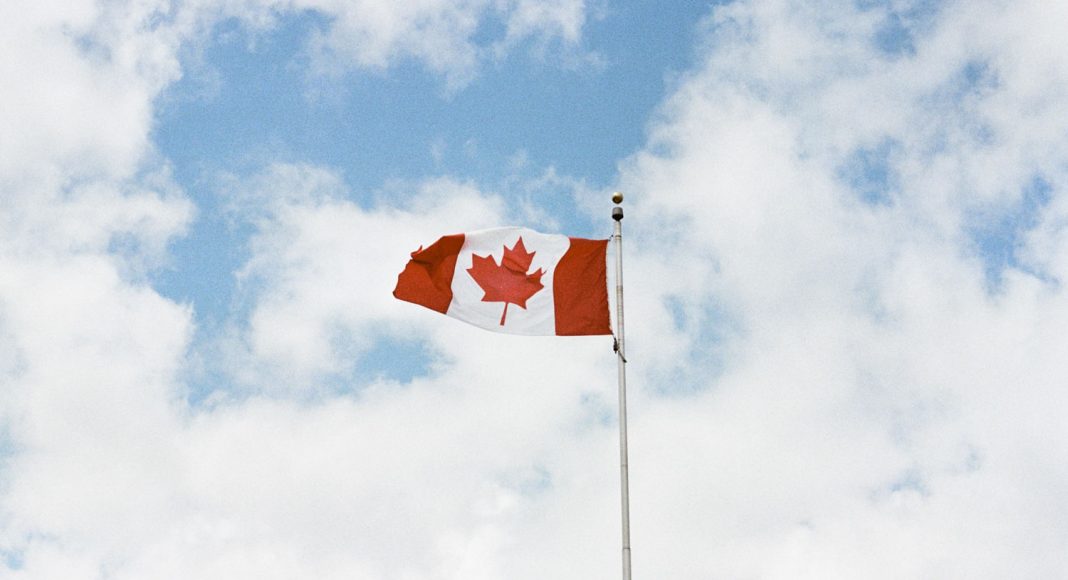Currently, seven of Canada’s top ten cannabis patent holders are major multi-national pharmaceutical companies, according to a joint research project by Washington D.C.-based New Frontier Data and London-based cannabis bio-technology firm, Grow Biotech. The list includes Ciba-Geigy AG (Switzerland) with 21 patents; Pfizer Products (United States) with 14; and Telefonaktiebolaget LM Ericsson (Sweden) with 13. Merck Sharp and Dohme Corporation, the fourth largest pharmaceutical company in the world, has 11 cannabis-related patents, and recently announced a partnership to pursue collaborations with Intec Pharma Ltd., a clinical-stage biopharmaceutical company that has developed a propriety oral drug delivery system for delivery of CBD and THC in treating pain. This got me wondering: why are the mega companies choosing to file their cannabis patents in Canada as opposed to the United States?
With cannabis now legal in Canada for both medical and recreational use, as well as legal for medical use in 33 states and D.C. and recreational use in 11 states and D.C., it’s no secret companies are ramping up their R&D and rushing to pursue patent protection. As we’ve referenced before, data shows that the number of U.S. cannabis patent holders has nearly quadrupled since 2016. The U.S. Patent and Trademark Office issued 127 patents containing the words “cannabis” or “cannabinoid” in their claims in 2018. Similarly, the Canadian Intellectual Property Office (“CIPO”) issued 22 such patents in 2018. While numbers on both sides of the border are growing, it could be that the pharmaceutical titans are heading to Canada because the status of “marijuana” in the United States as a Schedule I substance creates patent-related issues that mega companies want to avoid (such as giving sworn statements to the USPTO that the company is, in fact, possessing marijuana in conjunction with its patent application).
RELATED: Medical Marijuana Could Cost Big Pharma $4 Billion A Year
On a much simpler, practical note though, they’re probably heading there because it proves to be cheaper and quicker to obtain cannabis patents in Canada. Given how rapidly the cannabis industry is evolving, obtaining patents in the cannabis field first presents several advantages (such as being able to assert your patents against competitors or using your patents with definitive claims to improve your negotiation position during business transactions).
Looking into the process, it may be a year after the request for examination is made before CIPO issues a first Examiner’s Report in a Canadian patent application. In some cases, the subsequent Examiner’s Report or Notice of Allowance may issue in about six to nine months after the applicant’s response. This means it may take a little less than two years (or more) from the time of requesting examination to obtaining a Canadian patent, which is comparable to the timeline in the United States. But! The Canadian patent system offers an excellent option for accelerating examination via a request for Special Order. A Special Order may usually be obtained without difficulty upon payment of a government fee of CAD $500 (at the time of writing this article, that’s USD $382.31). In comparison, a similar program in the United States for accelerating examination, namely the Track 1 examination program, has a filing fee of USD $4,000.
RELATED: Can Artisanal Weed Compete With ‘Big Marijuana’?
Under CIPO’s current service standard, a Special Order will get the applicant a response within two months from when the correspondence is received. Therefore, by using a Special Order, it may be possible to significantly shorten the length of time from requesting examination to patent grant.
One thing to note is that in Canada, certain subject matter is excluded from patentability. One major example: plants. Plants are not patentable in Canada because its laws provide that “higher life forms” (which includes plants and animals) are not patentable subject matter. In contrast, a cell of a higher life form, methods of making higher life forms, as well as use of a higher life form, may constitute patentable subject matter. So, in order for a breeder or grower to obtain a patent, they must be able to show that the new cannabis cultivar can be identified by technical features (like genetic modifications).
Since it’s possible to obtain patents for inventions related to cannabinoid formulations, etc. in both Canada and the United States, maybe the best approach is to build a balanced Canadian and U.S. patent portfolio. This would allow a company to protect its assets and maximize its shield against competition in both jurisdictions.
is an attorney at Harris Bricken and this article was originally published on the Canna Law Blog.


